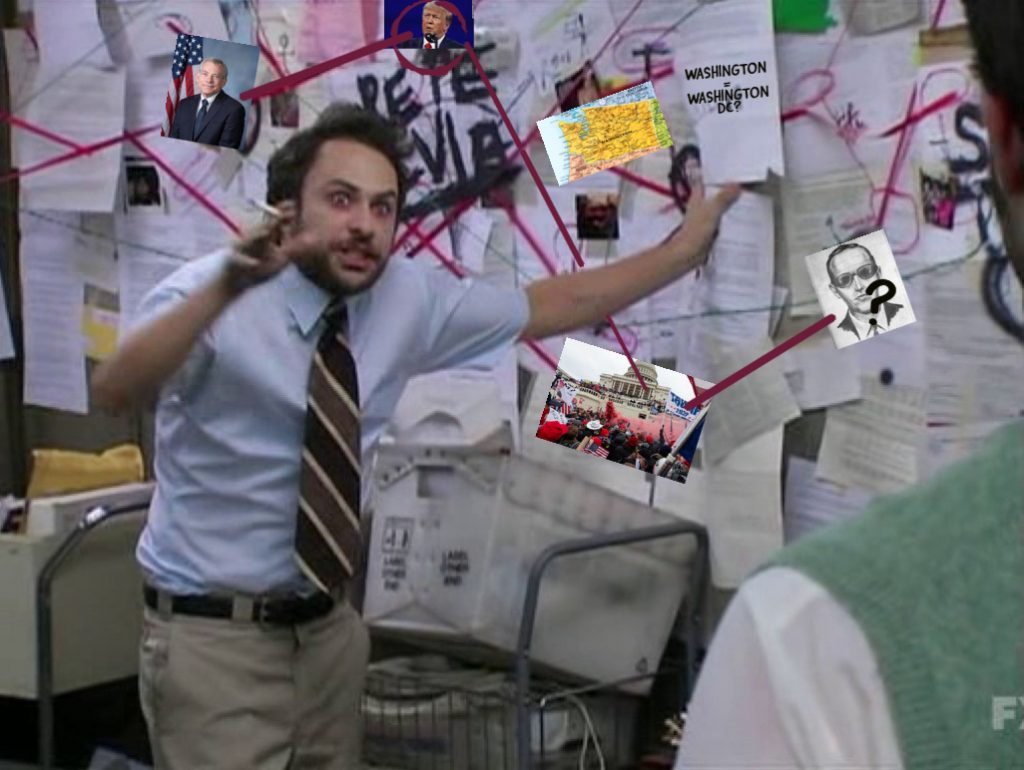A campaign launch video is your first impression to your potential constituents and donors. Video is a powerful tool for candidates because they allow candidates to craft a narrative, be seen as well as heard, and to establish the tone of their campaign. Your campaign launch video should show viewers the following:
Who you are
Your qualifications/redeeming qualities
Why you are running
What people should do with this information
Here is a video that does it well:
MJ Hegar’s campaign launch video from her Congressional race in 2018 is a beautifully shot video.
Within the first 30 seconds you know who MJ Hegar is. You know she is a former Airforce pilot, wife and mom. All of these qualities are endearing.
Then, she tells a story about how she was able to make changes at the Pentagon to ensure career growth for women like her- showing that she is able to get stuff down, and in doing so, she illustrates her qualities for leadership.
This story segues into why she is running: to provide better access to constituents and end the “pay for access” model of her elected representative/competitor.
MJ Hegar could have told this story more succinctly, but she does tell it extremely well. And the result? She raised $5 million to the incumbent’s $1.8 million. She also gave him a real run for his money, garnering 47.7% of the vote, much more than Democrats before or after her in this republican leaning/likely district.
But Hegar didn’t win!
True- but she did better than others because she ran a great campaign, and some districts need more work than just one cycle to flip.
Like any first impression, you usually don’t get a chance for a do over. Yet, many candidates underestimate the importance of videos to assist with campaign launches, or completely miss the mark. When this happens, your campaign may get attention for the wrong reasons, or no attention at all.
The best way to go wrong with a campaign launch video is to lose focus. Here’s an example of a candidate for Arizona Congressional District 6, Eric Ulis to show how a campaign launch video can go way, way wrong.
There is a lot to unpack here so let’s get started.
Ulis starts off wrong from the very start. He’s running for Congress in Arizona, for the 2022 election. Yet he is filming in Washington State and starts off with D.B. Cooper. If you are following along, you are probably asking, “What the heck does this have to do with a congressional election?”
As Hager emphasizes her experience in the Air Force and in the Iraq War to qualify her for office, Ulis tries to do the same with the fact that he wrote a book and had a History Channel show about D.B. Cooper. While one can make an argument that a background in American History and celebrity (no matter how minor) can endear a candidate with constituents, Ulis misses the mark and instead leaves us confused.
After introducing himself, Ulis tries to pivot to a problem/solution model to explain why he is running. However, his topic change makes little sense as he tries to brandish his opponent David Schweikert a criminal, then connect him with Donald Trump, the Insurrection, and those killed at the capitol.
The result is less Charlie Dent and more Charlie Day.

MJ Hager’s high dollar production doesn’t match most candidates’ budgets. However, you don’t need $25,000 for a campaign launch video. In fact, this video for an Arizona State House seat cost a 10th of that and still gets the message across: Who Joe Bisaccia is, why he is qualified to run, what he is running for, and how you can help. The video only needed two locations (neither of which had any costs), help from volunteers, and a small production team.
It is also important to consider how videos can be cut and used in different ways. A 3+ minute video is too long for advertising, but it is possible to get the message across in much less time, like we were able to do for Dave Ortega in this 30-second campaign launch video that was used in cable and digital advertising:
In Summary:
Do: Stay on topic
Do: State why people should care about your race
Do: Ask friends, family, and volunteers to help out
Do: Share your vision to people outside the campaign before you start filming
Don’t: Attack people you aren’t running against
Don’t: Attack potential constituents or voters
Don’t: Feed your ego unless it benefits your campaign
When in doubt, a good question to ask is: How does this information benefit my target audience? Or, to bring in outside help to help you determine what should go in, or stay out of your campaign launch video.
